Aviation
Boeing may end production of its iconic 747 aircraft after nearly 50 years
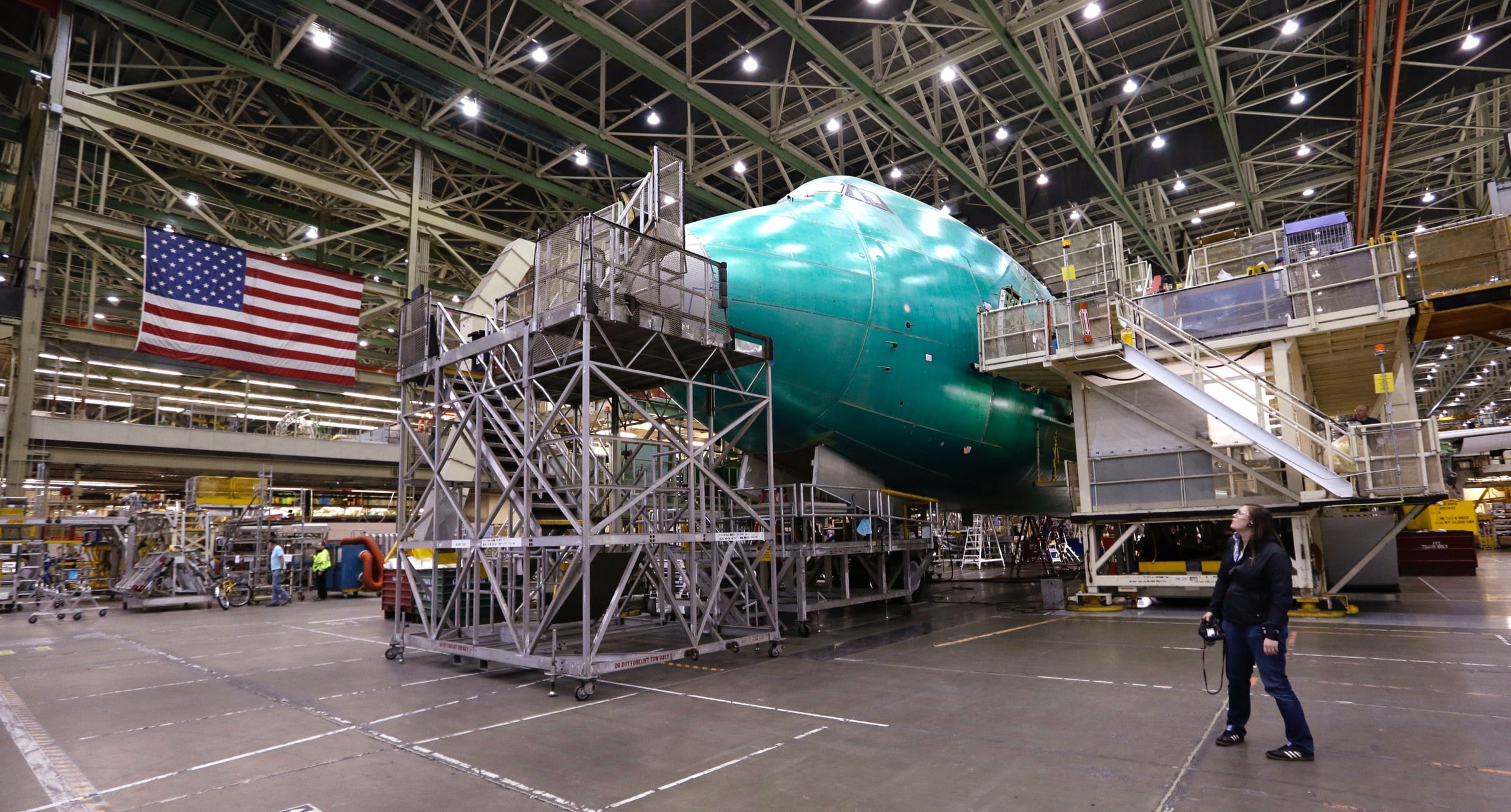
For decades it was the largest passenger aircraft in the skies, earning it the affectionate nickname of the Jumbo Jet.
But the Boeing 747 could soon be consigned to history after the aircraft manufacturer said it could end production of the aircraft due to diminishing orders.
The company revealed production of the iconic passenger jet, which has a distinctive hump in the forward part of the aircraft to accommodate the upper deck, has slumped in 2016.
Figures revealed by Boeing showed it had delivered just three 747 in the first six months of 2016 compared to nine of the passenger jets in the same period the previous year.
The company has now cancelled plans to increase production of 747s to one plane per month from 2019 and will be halving its production rate in September.
According to Reuters, Boeing said on Wednesday: ‘If we are unable to obtain sufficient orders and/or market, production and other risks cannot be mitigated, we could record additional losses that may be material, and it is reasonably possible that we could decide to end production of the 747.’
In the first six months of 2016, Boeing produced a total of 375 aircraft, down only slightly from 2015 where it delivered 381. Delivers of its 787 aircraft increased from 64 to 68.

Aviation
Airbus Explores Thermoplastics to Reduce Aircraft Weight by 10%
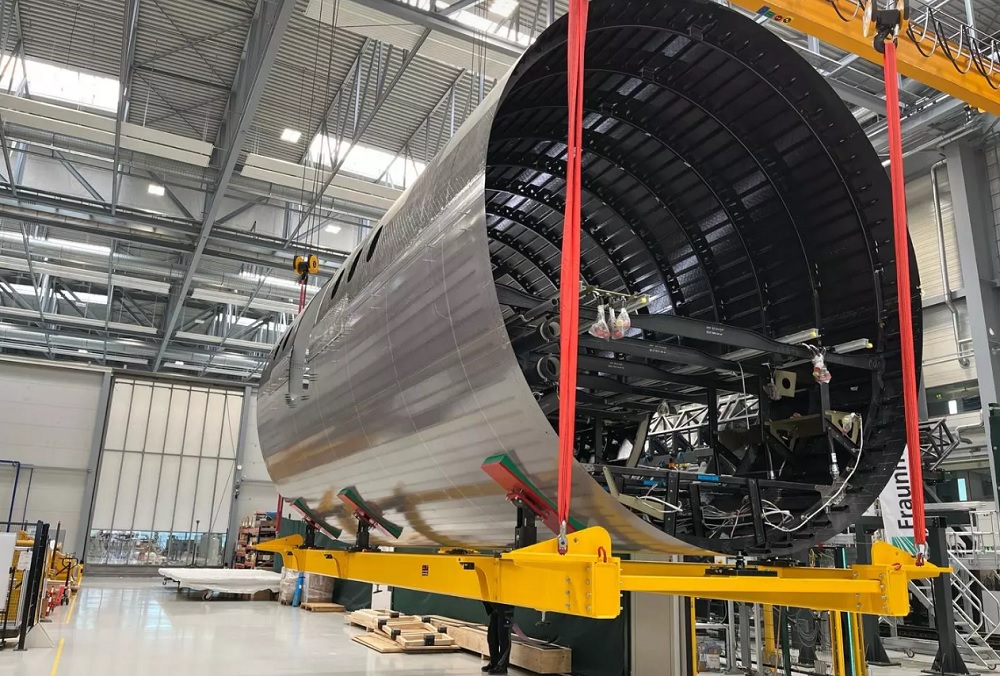
Aerospace companies consistently lead the way in material science, driving innovations to make aircraft lighter, enhance user experience, and improve environmental sustainability.
Airbus is now exploring the development of a new material for aircraft fuselages, aiming for a breakthrough that could reduce aircraft weight by up to 10%. This new material is also expected to lower cabin noise, thanks to its unique properties.
The material Airbus is focusing on is thermoplastic. That’s right—research is underway to develop this material in a unique way, similar to carbon fiber. It promises a lighter build without compromising on strength.
5 latest innovative equipments by Airbus Click here
Thermoplastic polymers offer a weight advantage over traditional carbon composites, which are currently used in major aircraft components. They are easier to recycle, repurpose, and produce with less energy, making them an environmentally friendly option.
To explore the potential of thermoplastics, Airbus has joined the Multi-Functional Fuselage Demonstrator (MFFD) consortium. This initiative is part of the EU’s Clean Sky 2 public/private funding program, aimed at advancing sustainable aerospace technologies.
Interesting facts about Airbus A350
In production, thermoplastic composites allow fuselage sections to be assembled using innovative methods, reducing costs and time. A secondary goal of the MFFD is to facilitate thermoplastic composite fuselage barrel production, targeting a rate of 60 to 100 aircraft per month.
Traditionally, aircraft fuselages are assembled using rivets, but a new approach uses laser welding to join the sheets, which streamlines the process. This method not only makes the fuselage cleaner but also boosts production rates compared to traditional techniques.
Airbus A350-1000 now suitable for 480 Passengers
The innovations also enhance the material’s properties, reducing corrosion and minimizing vibrations. However, one of the challenges is that if the material gets damaged, specialized techniques are needed for repairs. Despite this, the high strength-to-weight ratio of the material ensures the aircraft remains lighter and more efficient.
The fuselage is more than just a shell; it houses vital electrical, mechanical, pneumatic, and hydraulic systems. Installing these systems after the fuselage is built adds to the weight, cost, and production time. A lighter and easier-to-assemble fuselage can help address these issues.
Thermoplastics offer a promising solution by eliminating or significantly reducing the need for heavy fasteners that are typically used in conventional metallic fuselage sections. This not only cuts down on weight but also simplifies production, paving the way for a more efficient manufacturing process.
Known as carbon fiber-reinforced thermoplastic polymer composites (CFRTP), these materials are moldable at high temperatures and solidify upon cooling. When intelligently integrated with cabin and cargo technologies, CFRTP composites could lead to over 10% weight savings per aircraft.
Additionally, CFRTP composites are easier to reuse and recycle compared to metallic or carbon fiber components, providing a significant advantage in sustainable aircraft production.
-

 Aviation2 months ago
Aviation2 months agoNew EU Carry-On Rules Begin September 2024: What to Expect
-

 Aviation1 month ago
Aviation1 month agoBoeing confirms 797: A New Era for Mid-Size Aircraft
-
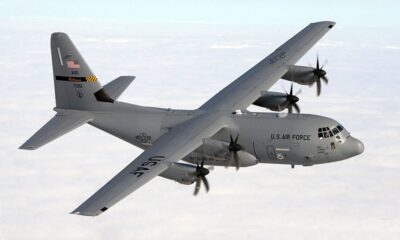
 Aviation1 month ago
Aviation1 month agoLockheed and Tata Team Up to Build C-130J MRO Facility in India
-

 Aviation3 weeks ago
Aviation3 weeks agoMicrosoft Flight Simulator Raises $3 Million to Bring Back the An-225 Mriya
-

 Tech1 month ago
Tech1 month agoChina Developing Jet to Travel Anywhere in Two Hours
-
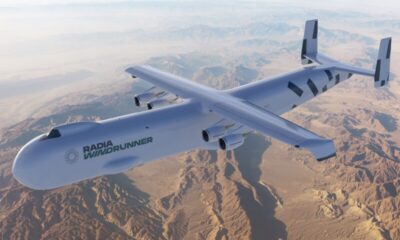
 Aviation2 months ago
Aviation2 months agoMeet WindRunner: The World’s Heaviest and Largest Aircraft Ever Built
-

 Aviation2 months ago
Aviation2 months agoComac C919 Moves Closer to Securing EU Certification with EASA
-
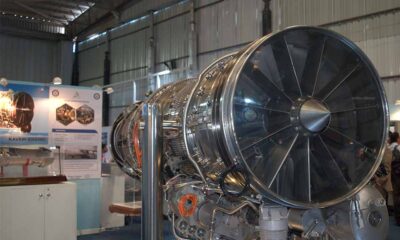
 Aviation2 months ago
Aviation2 months agoIndia Edges Closer to Indigenous Jet Power : Kaveri Engine Development







